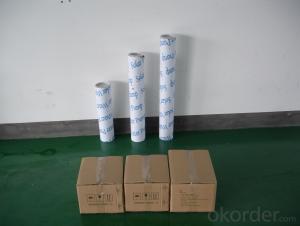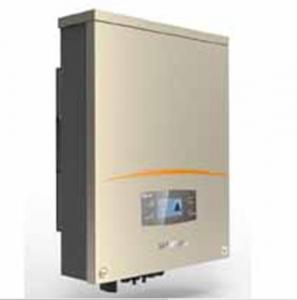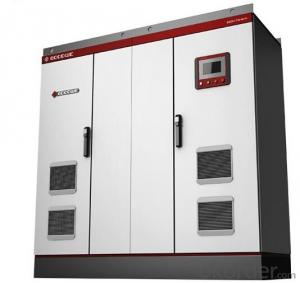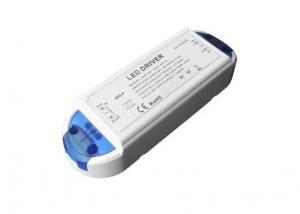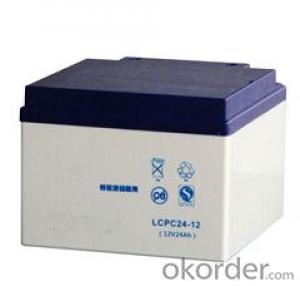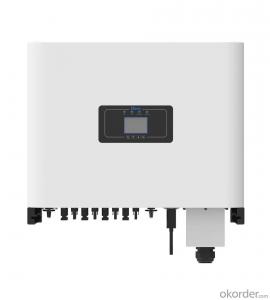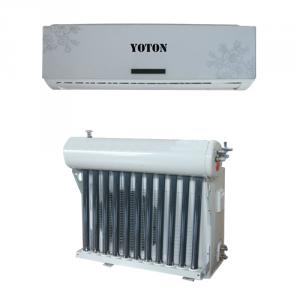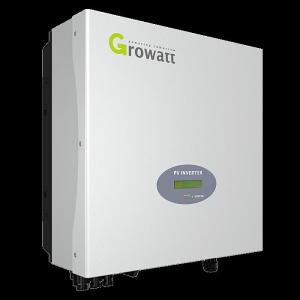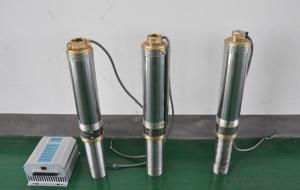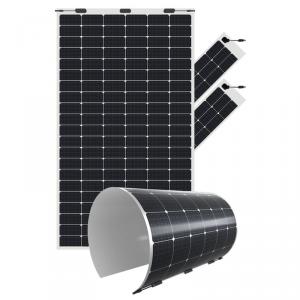24 Volt Hybrid Solar Inverter
24 Volt Hybrid Solar Inverter Related Searches
24v Hybrid Solar Inverter Hybrid Solar Inverter 24v 24 Volt Solar Inverter 24 Volt Solar Power Inverter 24 Volt Inverter Solar 24v Solar Inverter Solar 24v Inverter 24v Inverter Solar Solar Power Inverter 24v 24 Volt Solar Inverter Charger 240 Volt Solar Inverter Best 24 Volt Solar Inverter 24v Solar Inverter Charger 12v Hybrid Solar Inverter Solar Inverter 240v Solar Inverter Charger 24v 240v Solar Inverter Best 24v Solar Inverter 24 Volt Mppt Solar Inverter Hybrid Solar Inverter Solar Hybrid Inverter Hybrid Solar Power Inverter 240v Inverter Solar 24 Volt Solar Inverter Price Hybrid Solar Inverter 48v Solar Hybrid Inverter 48v Solar Inverter 24 Volt Price Inverter Solar Hybrid 48v Hybrid Solar Inverter Solar Inverter Hybrid24 Volt Hybrid Solar Inverter Supplier & Manufacturer from China
The 24 Volt Hybrid Solar Inverter is a versatile and efficient product designed to optimize the performance of solar energy systems. It is engineered to convert the energy harvested from solar panels into usable electrical power, ensuring a seamless integration with various electrical devices and systems. This inverter is specifically designed to handle the demands of 24-volt solar panel arrays, providing reliable and consistent power output.The 24 Volt Hybrid Solar Inverter finds its application in a wide range of scenarios, from residential rooftop installations to large-scale commercial and industrial setups. It is particularly useful in off-grid and grid-tied solar systems, where it can manage the flow of energy between the solar panels, batteries, and the grid, or directly to the appliances. This product is also ideal for use in remote areas where access to traditional power sources is limited, as it can provide a stable power supply using renewable energy.
Okorder.com is a reputable wholesale supplier of the 24 Volt Hybrid Solar Inverter, offering a vast inventory to cater to the needs of various customers. With a commitment to quality and customer satisfaction, Okorder.com ensures that the 24 Volt Hybrid Solar Inverter is available at competitive prices and with the assurance of reliable performance.
Hot Products


